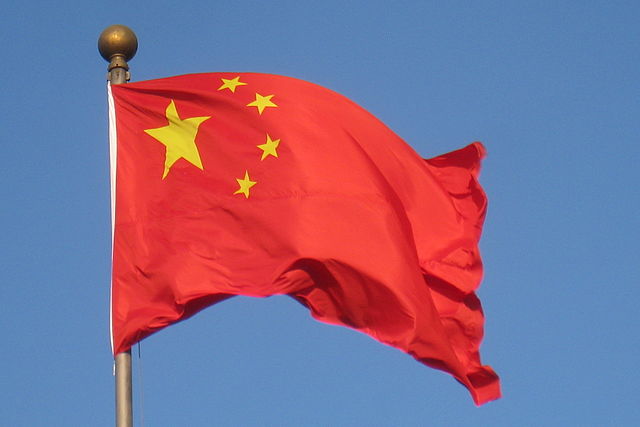China’s population growth rate has fallen to its lowest level in six decades, barely outnumbering deaths in 2021 despite major government efforts to increase population growth and stave off a demographic crisis.
The number of births also dropped for the fifth consecutive year in 2021, data released on Monday showed. Birth rates in many countries have fallen ever further since the pandemic began.
The birthrate is at its lowest since 1949, the year the Communists took power, while the rate of population growth is the lowest since 1960 when the country was in the midst of a devastating man-made famine.
China’s overall population increased by about 480,000 people – to 1.4126 billion in 2021, from 1.412 billion a year earlier, the National Bureau of Statistics (NBS) confirmed. The population includes China’s 31 provinces, autonomous regions and municipalities, as well as servicemen, but excludes foreigners. It does not include Hong Kong, Macau or Taiwan.
Chinese mothers gave birth to 10.62 million babies last year, an 11.5 per cent drop from 12 million in 2020, the NBS confirmed. The national birth rate fell to a record low of 7.52 births for every 1,000 people in 2021, from 8.52 in 2020.
The national death rate was 7.18 per thousand last year, putting the national growth rate at 0.34 per thousand.
“The most shocking part of the data release today is that the natural growth of the population has dropped to 0.34 per thousand, the first time below 1.0 since data become available,” said Zhang Zhiwei, chief economist at Pinpoint Asset Management. “The demographic challenge is well known, but the speed of population ageing is clearly faster than expected.
“This suggests China’s total population may have reached its peak in 2021. It also indicates China’s potential growth is likely slowing faster than expected.”

















